Double E
Brilliant_Rock
- Joined
- Jun 23, 2018
- Messages
- 959
Downloaded this some time ago, didn’t really play with it until recently. How common are people using it to buy gems or communicate with their seller?
It’s much more convenient if both buyers and sellers are on the same page regarding the desired colour of gem. That’s a good thing and the levels of tone and saturation is easily understood.
However, with only 31 different hues available in the app, is that really accurate enough for the mentioned communication purpose? I am confused here, provided I don’t really know if there are more advanced version with more hues to choose from.
This app is sometimes mentioned in PS, can someone experienced with it shed some light on it?
It’s much more convenient if both buyers and sellers are on the same page regarding the desired colour of gem. That’s a good thing and the levels of tone and saturation is easily understood.
However, with only 31 different hues available in the app, is that really accurate enough for the mentioned communication purpose? I am confused here, provided I don’t really know if there are more advanced version with more hues to choose from.
This app is sometimes mentioned in PS, can someone experienced with it shed some light on it?





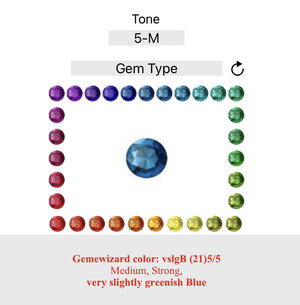
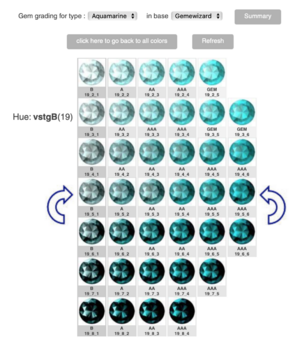

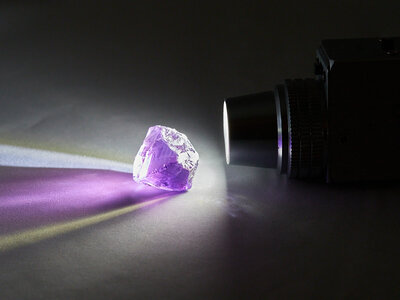
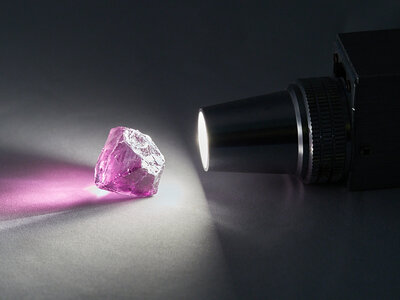
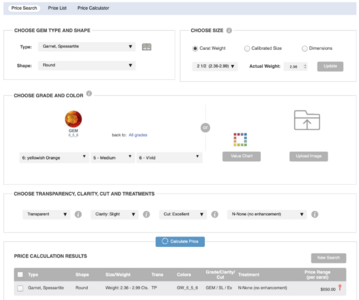
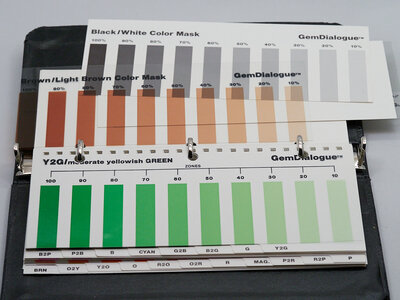
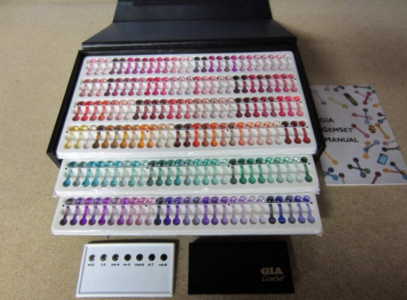
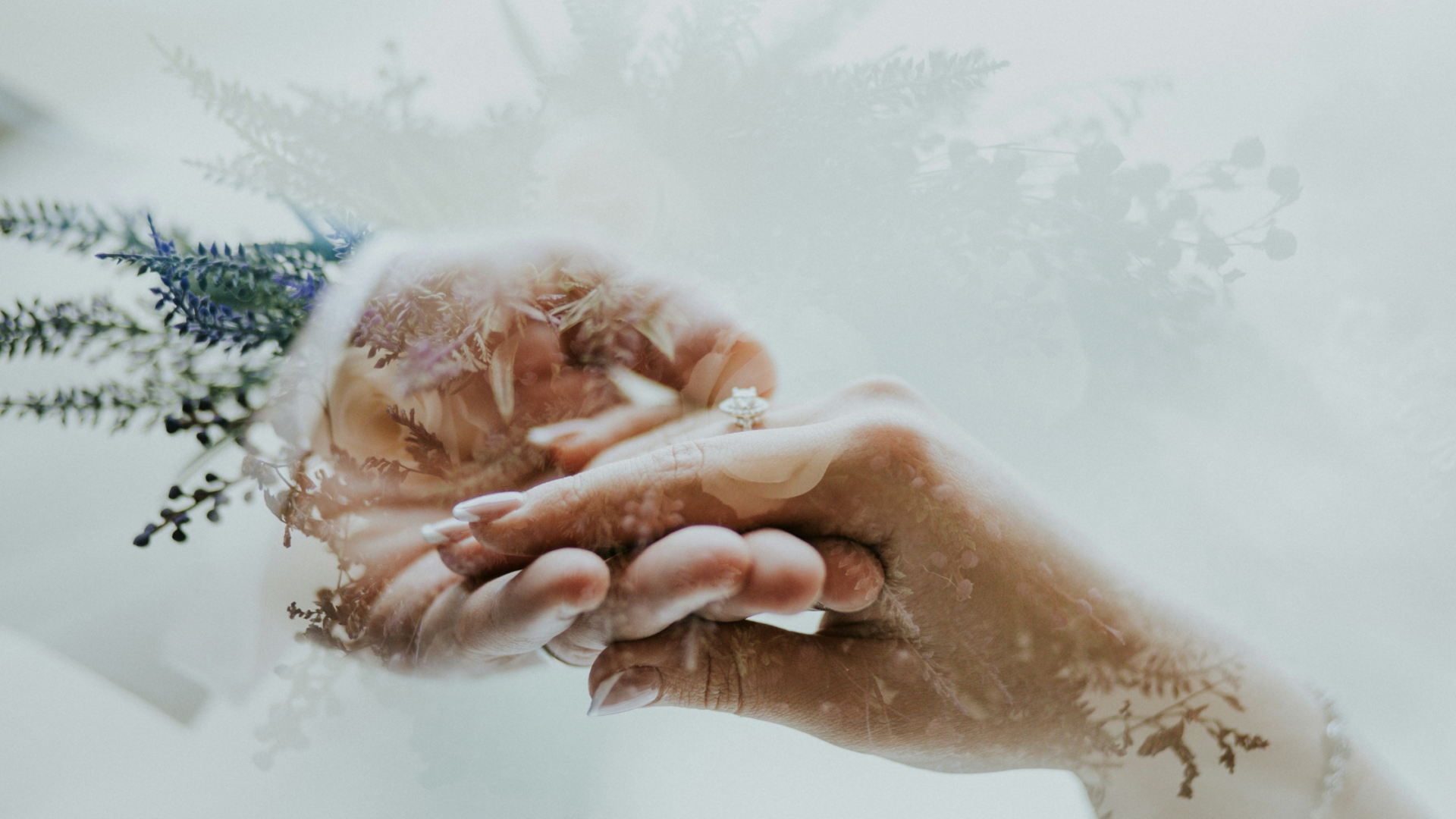

300x240.png)